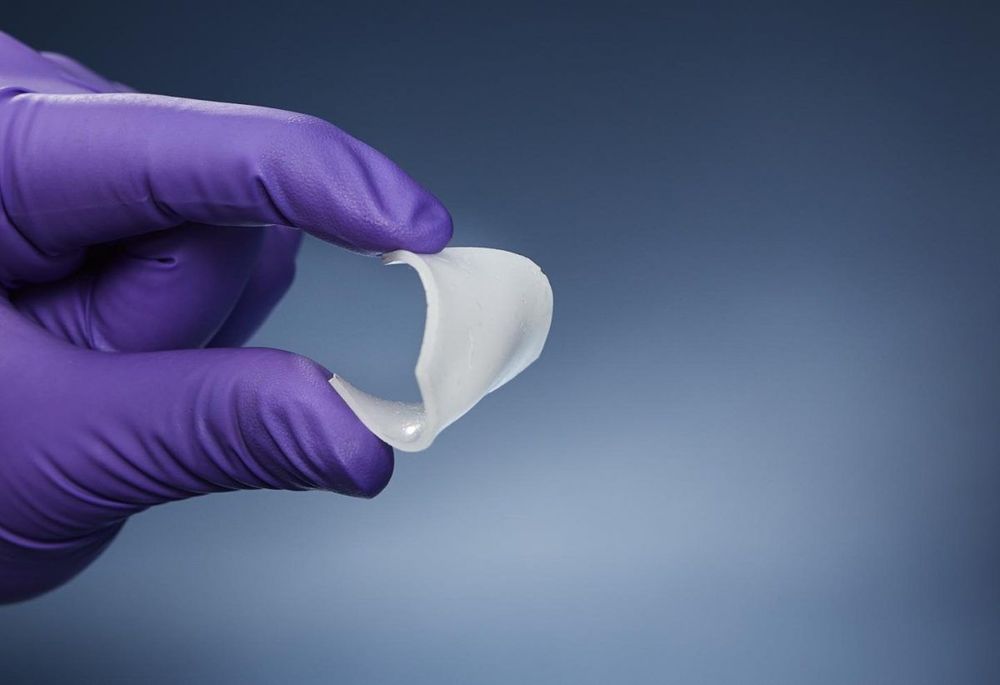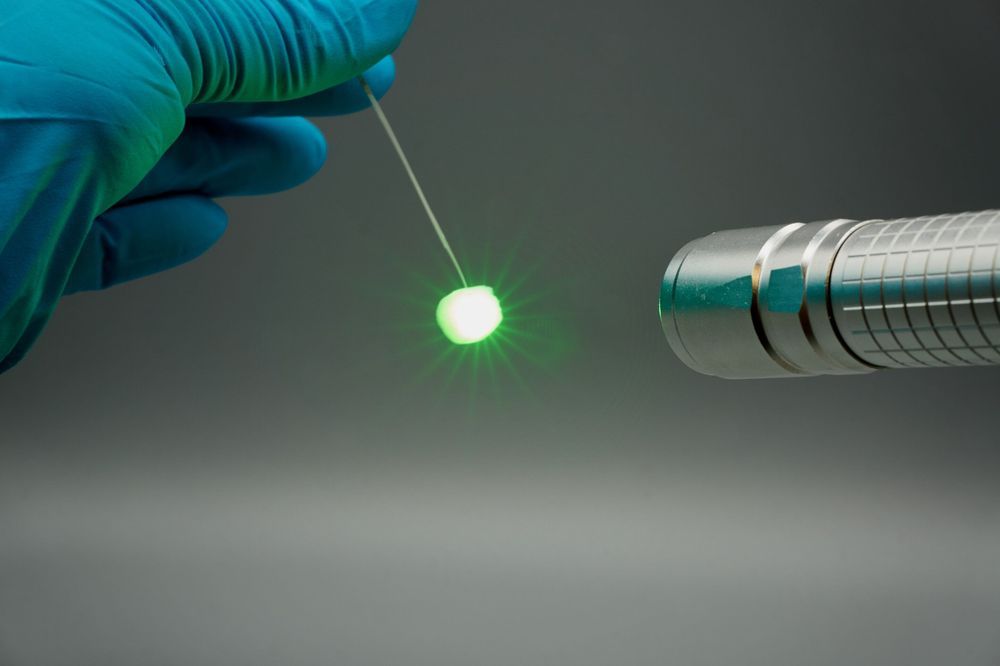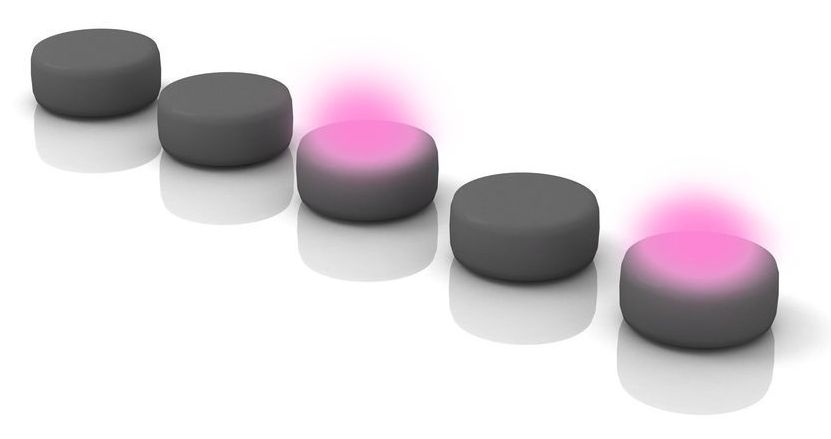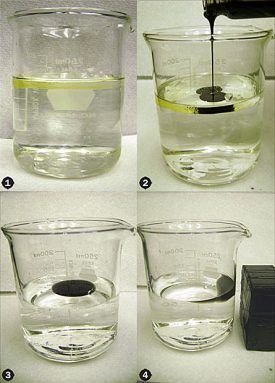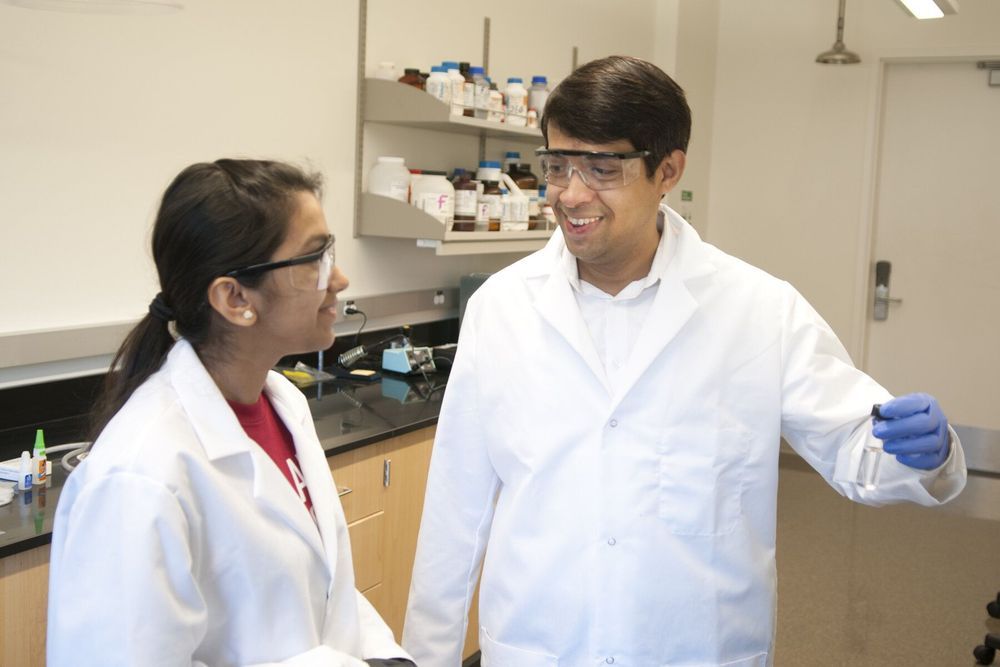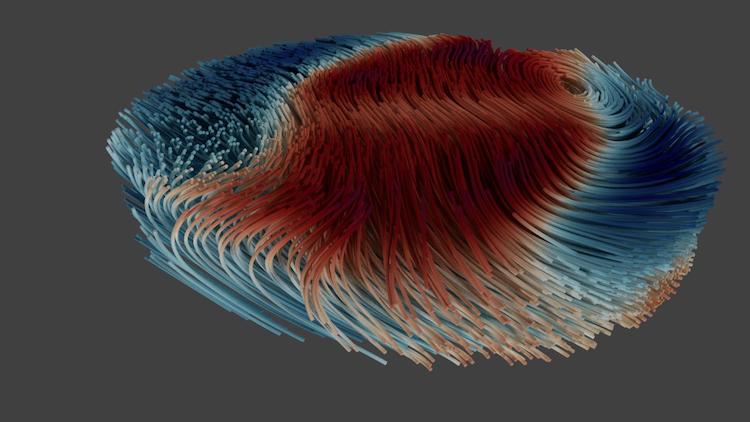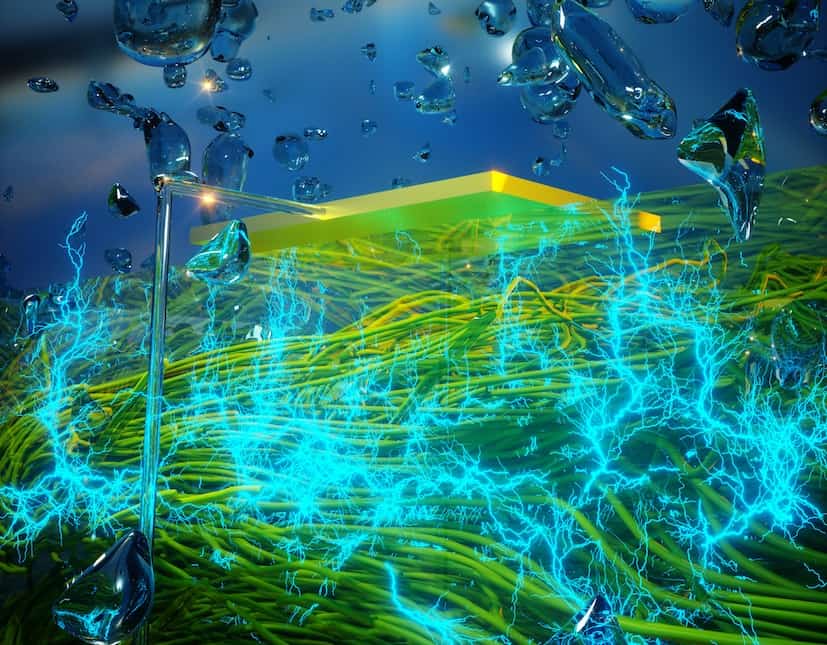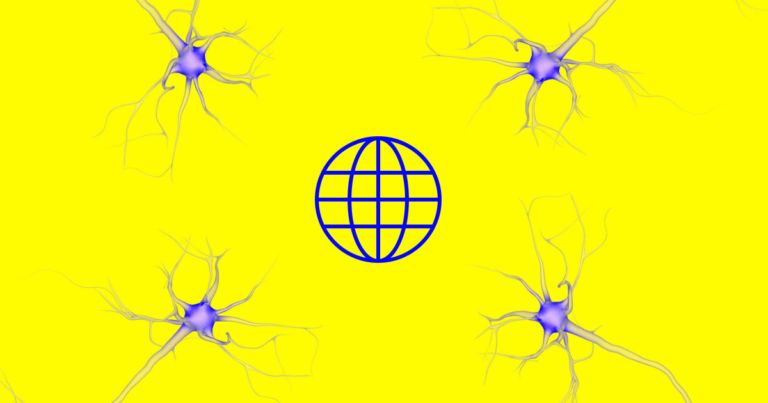Researchers from Chalmers University of Technology, Sweden, have created a new, rubber-like material with a unique set of properties, which could act as a replacement for human tissue in medical procedures.
Category: nanotechnology – Page 211
With a porosity of 99.99 %, it consists practically only of air, making it one of the lightest materials in the world: Aerobornitride is the name of the material developed by an international research team led by Kiel University. The scientists assume that they have thereby created a central basis for bringing laser light into a broad application range. Based on a boron-nitrogen compound, they developed a special three-dimensional nanostructure that scatters light very strongly and hardly absorbs it. Irradiated with a laser, the material emits uniform lighting, which, depending on the type of laser, is much more efficient and powerful than LED light. Thus, lamps for car headlights, projectors or room lighting with laser light could become smaller and brighter in the future. The research team presents their results in the current issue of the renowned journal Nature Communications, which was published today.
More light in the smallest space
In research and industry, laser light has long been considered the “next generation” of light sources that could even exceed the efficiency of LEDs (light-emitting diode). “For very bright or a lot of light, you need a large number of LEDs and thus space. But the same amount of light could also be obtained with a single laser diode that is one-thousandth smaller,” Dr. Fabian Schütt emphasizes the potential. The materials scientist from the working group “Functional Nanomaterials” at Kiel University is the first author of the study, which involves other researchers from Germany, England, Italy, Denmark and South Korea.
:oooo.
A research team from ITMO University, with the help of colleagues from MIPT (Russia) and Politecnico di Torino (Italy), has predicted a novel type of topological quantum state of two photons. Scientists have also applied a new, affordable experimental method for testing this prediction. The method relies on an analogy: Instead of expensive experiments with quantum systems of two or more entangled photons, the researchers have used resonant electric circuits of higher dimensionality described by similar equations. The obtained results can be useful for the engineering of optical chips and quantum computers without the need for expensive experiments. The research was published in Nature Communications.
Light plays a key role in modern information technologies: With its help, information is transmitted over large distances via optical fibers. In the future, scientists anticipate the invention of optical chips and computers that process information with the help of photons—light quanta—instead of electrons, as it is done today. This will decrease energy consumption, while also increasing the capabilities of computers. However, to turn these predictions into reality, fundamental and applied research of light behavior at the micro- and nanoscale is needed.
In the new study, the researchers have theoretically predicted the formation of a new quantum state of photons: Two photons propagating in the array of quantum microresonators (qubits) can form a bound pair and settle down on the edge of the array. A proper experiment demands special nanostructures, as well as special devices to create such quantum state of photons and detect it. Currently, such capabilities are available only to very few research teams worldwide.
Nanomagnets corral oil
Posted in nanotechnology
You’ve probably seen some of the cool things magnets can do. Place one near a paper clip, and the clip zooms across the table toward the magnet. Hold one magnet near another, and the second one mysteriously darts in the opposite direction. If you didn’t know about science, magnet tricks might seem like magic tricks.
Now, scientists have discovered another magnetic trick. By mixing unbelievably small magnets with oil, bigger magnets can be used to move the oily globs around. The trick isn’t just cool to watch. Some day, the technique could help clean up messy oil spills in the sea mistakenly dumped by ships.
Researchers at Carnegie Mellon University in Pittsburgh make teeny tiny magnets out of two metals: iron and cobalt. Unlike the palm-sized magnets you may have played with in school, these magnets are measured in nanometers. One nanometer equals one-billionth of a meter. That may be hard to picture, so think of this: A human hair is about 80,000 nanometers wide.(Read this story to learn more.)
A Washington State University research team has found that nanoscale particles of the most commonly used plastics tend to move through the water supply, especially in fresh water, or settle out in wastewater treatment plants, where they end up as sludge, in landfills, and often as fertilizer.
Neither scenario is good.
“We are drinking lots of plastics,” said Indranil Chowdhury, an assistant professor in WSU’s Department of Civil and Environmental Engineering, who led the research. “We are drinking almost a few grams of plastics every month or so. That is concerning because you don’t know what will happen after 20 years.”
New imaging technique can visualize the dynamics of magnetic structures in three dimensions for the first time.
Non-polluting, low-cost device generates electrical current from the water vapour naturally present in the atmosphere.
Sonovia’s textiles are resistant to bacteria and fungus; firm hopes its tech will also work against viruses; has sent samples for testing to China.
For now, it’s a simple network. But, it could be an important first step toward smarter and more adaptive prosthetics and brain-computer interfaces — and potentially lay the groundwork for a world where neural implants create real brain networks.
“On one side it sets the basis for a novel scenario that was never encountered during natural evolution, where biological and artificial neurons are linked together and communicate across global networks; laying the foundations for the Internet of Neuro-electronics,” Themis Prodromakis, a nanotechnology researcher and director at the University of Southampton’s Centre for Electronics Frontiers said in a press release.
“On the other hand, it brings new prospects to neuroprosthetic technologies, paving the way towards research into replacing dysfunctional parts of the brain with AI chips.”
